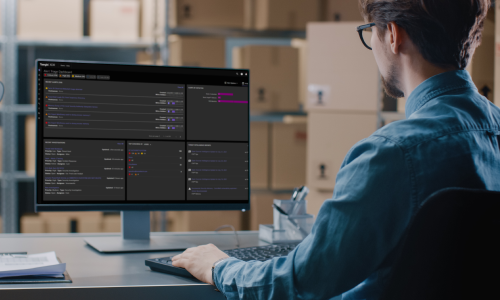Putting the "X" in XDR
While you’re likely quite familiar with the “D” and the “R”, it’s the “X” that has introduced a new development in detection and response. That X represents the integration and extension of protection across the entire enterprise. The predecessor to XDR, EDR (endpoint detection and response) focused on monitoring and protecting organizations from threats at the endpoints. With data moving beyond the perimeter, XDR was necessary to extend the range of protection to the network, servers, and cloud as well as endpoints. Analyst firm ESG defines XDR as:
An integrated suite of security products spanning hybrid IT architectures, designed to interoperate and coordinate on threat prevention, detection, and response. XDR unifies control points, security telemetry, analytics, and operations into one enterprise system.
Simply put, XDR offers a single platform for prevention, detection, and response to identify and stop threats across multiple attack vectors. With enhanced visibility into a quickly changing threat landscape, the primary value behind XDR solutions includes:
- Maximizing security effectiveness and accelerating the time to detect (MTTD) and respond (MTTR) to threats by applying machine learning and other analytical techniques to telemetry, logs, and other data coming from across the attack surface
- Boosting the efficiency of security operations by unburdening security teams from manual tasks, providing a single tool to view data, conduct investigations, and perform response actions.


